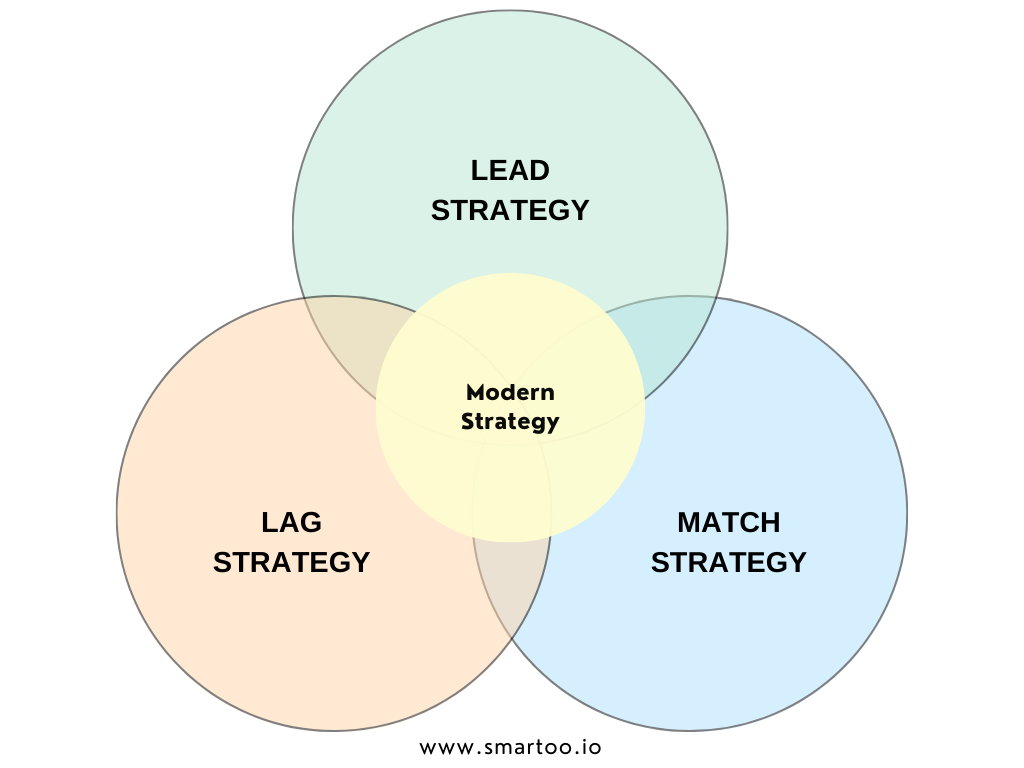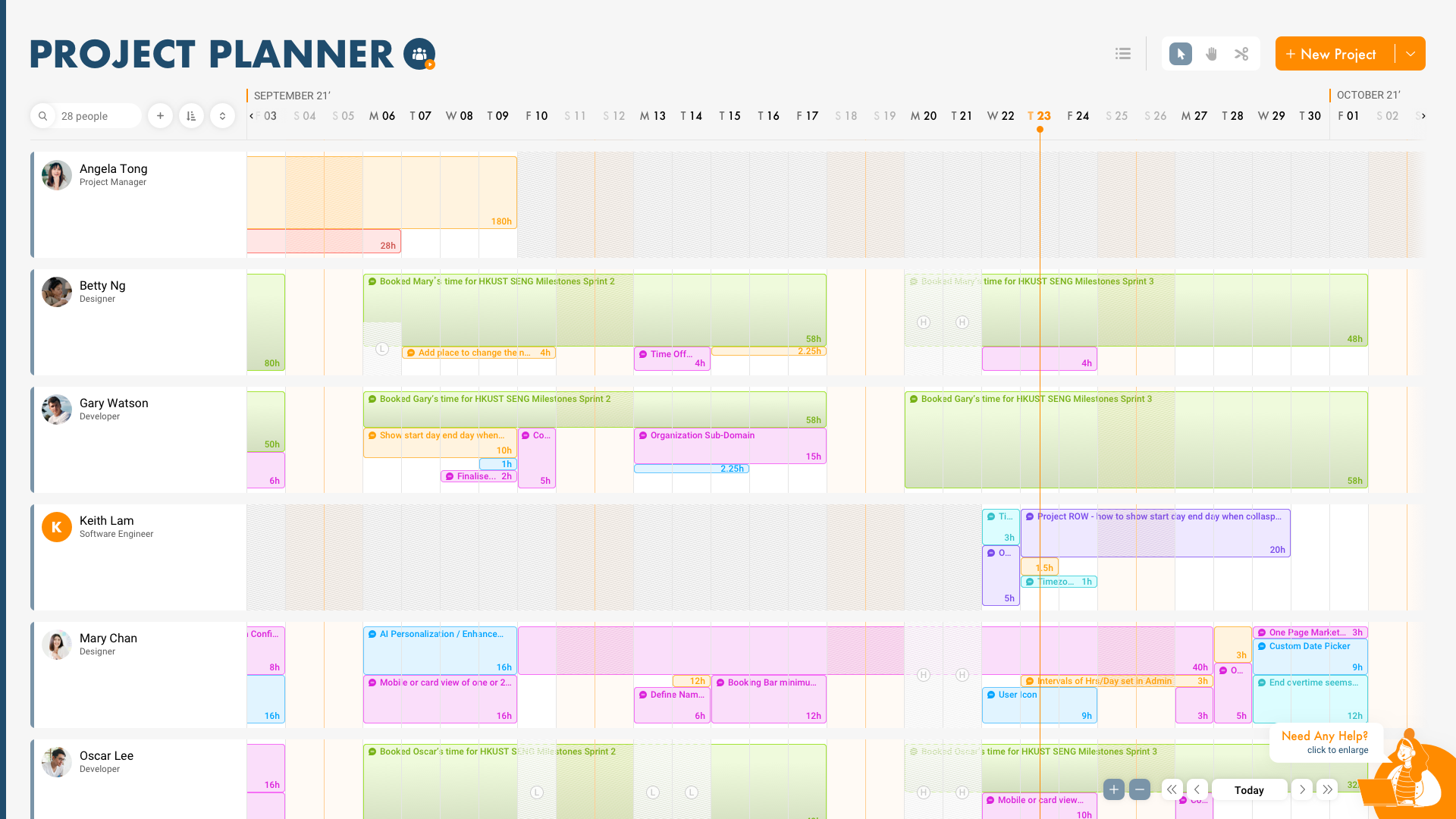What is Resource Capacity Planning in Project Management?

A study about project success found that 39% of IT projects fail because of poor planning. For resource-dependent projects, it is critical for resource managers to do proper capacity planning.
What is Resource Capacity Planning?
Resource capacity planning refers to the process of determining how much resources a project will need in order to meet demands. Proper planning can mitigate project management issues such as delays, decreased team productivity, work overload, and even project failure.
In comparison to resource management, resource capacity planning focuses on finding the right amount of manpower, talent, or skill set for the project.
Capacity planning is especially helpful when there is scope creep, whether it's coming from stakeholders and unforeseeable circumstances such as employee emergency day offs. It can also depend on multiple factors such as industry, project type, and more. The 2 most common methods of planning is either through spreadsheets or a capacity planning software like Smartoo.
Capacity Planning Benefits
1. Reduce Project Bottlenecks
Project bottlenecks from resource scarcity causes backlogs that impedes its success rate. Issues can come in the form of lowered team efficiency, reduced quality, and dissatisfied clients. By not having enough resources, workflow is disrupted, delaying progress and eventually postponing deadlines. Compromising quality by having members without the right skills do it will just impact overall project quality.
That’s where capacity planning comes in. By creating contingencies, managers can estimate the required resource capacity and enhance workforce utilization to be properly prepared for incoming demands.
2. Smart Budget Control
Good capacity planning is about keeping the amount of team members and the skills needed in balance. Having too much means that you’re wasting precious budget and having too little causes delay.
But it’s not just about the number of people, but also their task allocation. Capacity planning also takes into consideration the resource rates and expertise level required for the task. Intelligently planning the ins and outs of project members can not only save you money but also helps explain additional budget requests to the stakeholders.. For example, when the job will only require minimal coding knowledge for maintenance, it’s best to plan for a person with less experience and lower rates than a more experienced one.
3. Avoid Burnouts & Underloading
An understaffed project means that your team members are overloaded with tasks. While overstaffed ones means some members are not utilized to the best of their potential. Either way, your team won’t be able to produce optimal results due to burnout or workplace boredom.
Proper capacity planning can optimize the workload of teams by determining the right number of members and distribution of skill sets.
This is another issue capacity planning is addressing. Being able to maintain maximum efficiency while not wasting any budget on unnecessary resources.
The 4 Capacity Planning Strategies

1. Lead Strategy
Lead strategy is about meeting new project demands based on forecasts. This is an aggressive approach for mitigating resource scarcity. It involves over estimation of needs at the cost of over hiring. While it seems counterintuitive to one benefit of capacity planning, it is only ever used either by organizations with large financial capacity or when you cannot risk project failure for an important client.
With lead strategy, there will always be available capacity. Moreover, this considers project stakeholder requests, market trends, and competitor performance -- having excess supply to ensure shortages will never happen.
2. Lag Strategy
The reactive approach to capacity planning. This strategy is about meeting resource demand in its actuality. Smaller organizations often make use of this since it does not require excess financial costs to implement.
With lag strategy, you are in no risk of over hiring and instead, shortages for when unexpectedly high demand jumps in. Lagging is best used if you are either in no position to go over budget or have predictably low capacity requirements.
3. Match Strategy
As the name implies, this is a mixture of 2 strategies, Lead and Lag. It combines the advantages of both strategies that does not leave you over or under staffed. It also lets you be conservative in hiring while also being actively reactive to spikes in resource demand.
However, it does come with a heavy cost. Match strategy requires constant monitoring and forecasting of the team member count, which puts pressure on the project manager, leaving them less productive on other project matters.
4. Modern Strategy
Originally, there were only 3 strategies for capacity planning. However, with the advancement of technology, a new one arose, modern strategy. You could say that this is the best of all 4, since it:
- Applies the conservative approach of lag strategy, avoiding over budgeting
- Reactive to sudden high demand, negating risk of shortage
- And does not come with the burden of constant monitoring of match strategy
The only cost of using this strategy is… well, cost. Modern strategy uses resource management or project management tools to automatically collect data and interpret them into graphs and reports for quick project insights. By its data-driven nature, this capacity planning strategy is able to take actual demands and forecasts into consideration and utilizes automation to recommend the best action to take.
Conclusion
Overall, capacity planning is an important part of project management. It allows you to plan for future needs and prevent resource/manpower shortages from occurring, while also being reactive in order to meet sudden spikes in demand. While modern strategy is the best option due to its automation and data-driven nature, both lag and lead capacity planning have their own advantages that can be used depending on the project at hand.
Smartoo - A Practical Resource Capacity Planning Software

Smartoo is a project planning and resource planning tool that helps business owners and resource / project managers maximize resource utilization. Have full visibility of all your available resources with Smartoo's gantt chart-like schedule dashboard in real-time. Know more about your team's workflow such as their number of hours with intelligent business insights.





